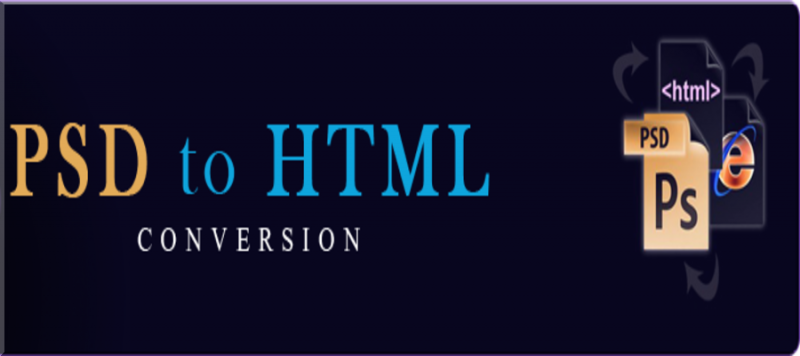It is very much true that mobile browsing, responsiveness have become the crucial part of the web design. It is no more a feature which designers are running after, it is now an integral part of the layout settings. This functionality has tempted the web developers as well designers to take help of the responsive tools and frameworks while carrying out the development process for the client.
Another thing which helps in creating the adaptive design is the PSD to HTML conversion process. The HTML is an official web markup code through which you can make your PSD files compatible with the internet browsers & World Wide Web. Recently, HTML5 was introduced in the market and this latest tech comes with inbuilt functionalities that make the website highly-responsive and mobile-friendly. Given below are some mobile-ready frameworks which facilitate the PSD conversion:
Responsive Grid System
This is a simple yet quite functional CSS infrastructure which facilitates a quick development of adaptive sites. Designed keeping in mind the “mobile-first” approach, this framework comes in three versions- 12 columns, 16 columns and 24 columns grid. The Responsive Grid System allows developers to render additional padding to elements and clear-fix.
Titan Framework
If you are looking out for an infrastructure which adapts well to any screen size and lets you build layouts which are display-friendly then Titan will be the best option for you. It allows the developers to create a responsive design within few minutes. Titan comes in two versions, 12 & 16 columns and its file structure consists of:
- text.css- style sheet related to basic headings, fonts and spacing.
- reset.css- reduces the inconsistencies faced while working on web browsers.
- 12.css- it incorporates style sheets required for 12 column grid.
- 16.css- this is for the 16 column grid.
Gumby
The developer team behind the Gumby aimed for making the most stable framework which users have ever come across. But at the same time, they ensured that it should be easy to use and the grid system remains intact. Recently, Gumby 2 was released in the market which is built on SaSS- a super powerful CSS preprocessor famous of its speed. Some other features of this setup are the forms, Buttons, Grid, Entypo Icons, Toggle, Labels, Dropdowns and much more. All these features let developers customise easily and quickly on this framework.
Ingrid
If you are frustrated with the reflow process of the adaptive layouts, then it is time to switch to Ingrid. This fluid and light-weight CSS tech has been invented to make the reflow for mobile-friendly sites more fun and less hectic. It aims at bringing down the use of classes in the individual units which simplifies the process. The best thing about this Ingrid is that it is extendable and users can customise it as per their needs. With Ingrid, you can enjoy the freedom of being creative.
So if your clients are bugging you for a responsive website, then you can take help of the above-mentioned frameworks and can offer them a mobile-ready and stable business portal.
